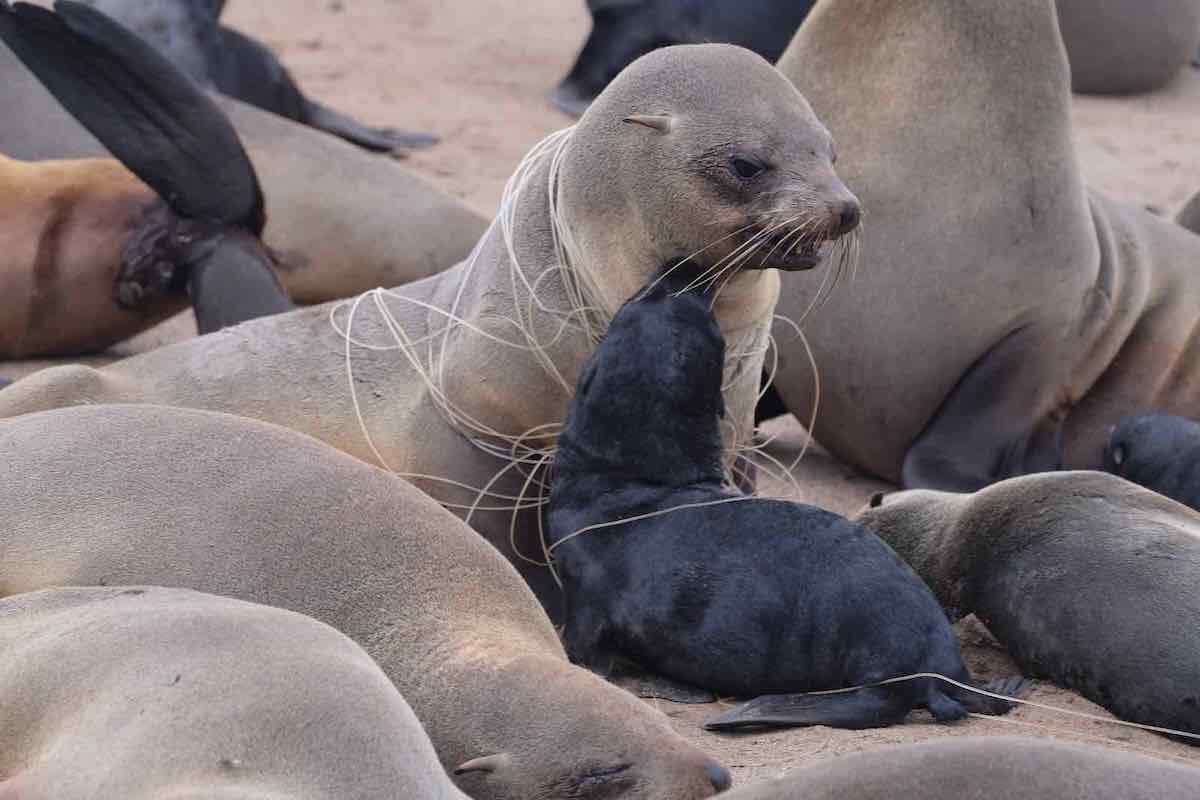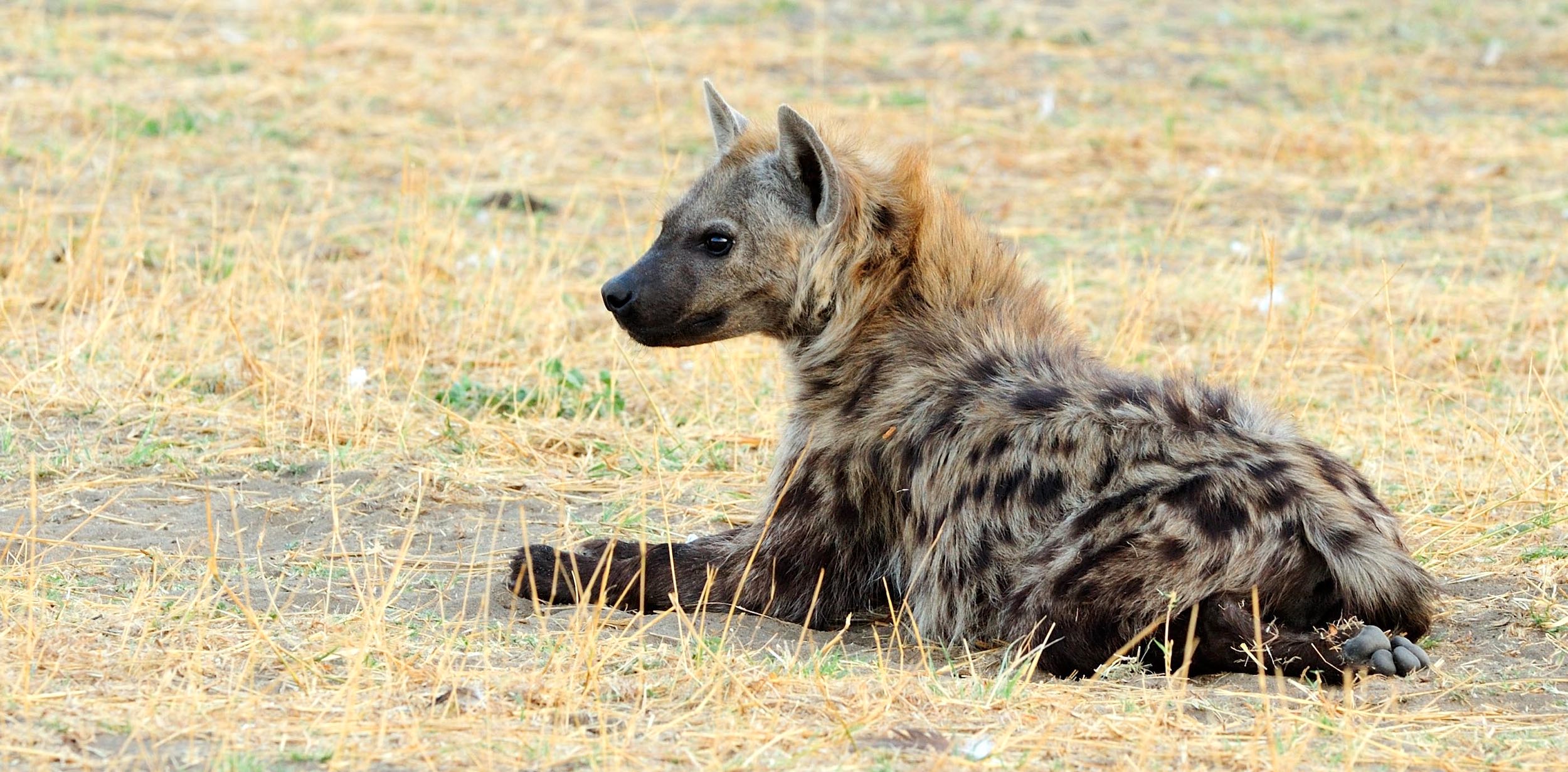
Hyaena research and conservation efforts at the Ongava Research Centre
By Florian Weise, Stéphanie Périquet and Ken Stratford
Ongava Research Centre (ORC)
8th August 2020
When it comes to spotted hyaenas, opinions are strongly divided. While some consider them to be lowly scavengers only good enough to steal food from the mighty lions, a growing number of us recognise these hyaenas for what they really are: one of the most interesting and exciting top predator species to study! Affectionately known as “spotties”, these powerful carnivores are more than capable of hunting for themselves and sometimes lions will actually steal or scavenge from the kills they make. Like lions, spotties are highly social animals, yet their society operates entirely differently to the big cats, making them an especially interesting subject of research.
One intriguing feature of the spotties’ society is that although they live in large social groups, all clan members are rarely, if ever, seen together. Spotties forage alone or in sub-groups that frequently change composition, as clan members seem to change their minds about who they like to hang out with from one week to the next. This makes estimating population density and clan size quite tricky, yet we set out to tackle this task within the Ongava Reserve on the border of Etosha National Park.
We deployed motion- and heat-sensitive camera traps for an extended period at waterholes on the reserve that would photograph hyaenas as they came to drink. Luckily for us, it is possible to identify individual hyaenas based on their unique coat markings, so we could use the photos to count every individual and determine association patterns between clan members.
We found that a single clan composed of about 30 adults was living on Ongava at a density of 8.1 hyaenas per 100 km2, which is much higher than in the neighbouring Etosha (2.7 hyaenas per 100 km2). This is likely due to the higher prey densities found on this private reserve than in the neighbouring Park. In addition, Ongava hyaenas’ social network was quite dense, meaning that any given individual was seen with almost every other clan member over the course of the study. Scientists call this continuous grouping and splitting among clan members a “fission-fusion” society, even though the composition of the clan as a whole may remain stable.
But not all hyaenas are spotted! In June 2019, the newly expanded Ongava Research Centre (ORC) hosted an international group of hyaena researchers for a three-day meeting as part of the Hyaena Distribution Mapping Project. This effort, spearheaded by Dr Andrew Jacobson, supports the IUCN’s Hyaena Specialist Group with updating the distribution range maps of all four species in the hyaena family – the spotted, brown and striped hyaenas, and the aardwolf. Namibia is home to three of the four, excluding the striped hyaena that occurs in northern and eastern Africa and into Asia.
The top priority for the meeting was to create new, up-to-date range maps for hyaenas that inform IUCN Red List assessments of the conservation status and threats for plants and animals worldwide. Maps that show where these species currently occur can be compared with historical maps to find out whether their range is expanding or contracting over time, thus forming an important part of the global conservation assessment.
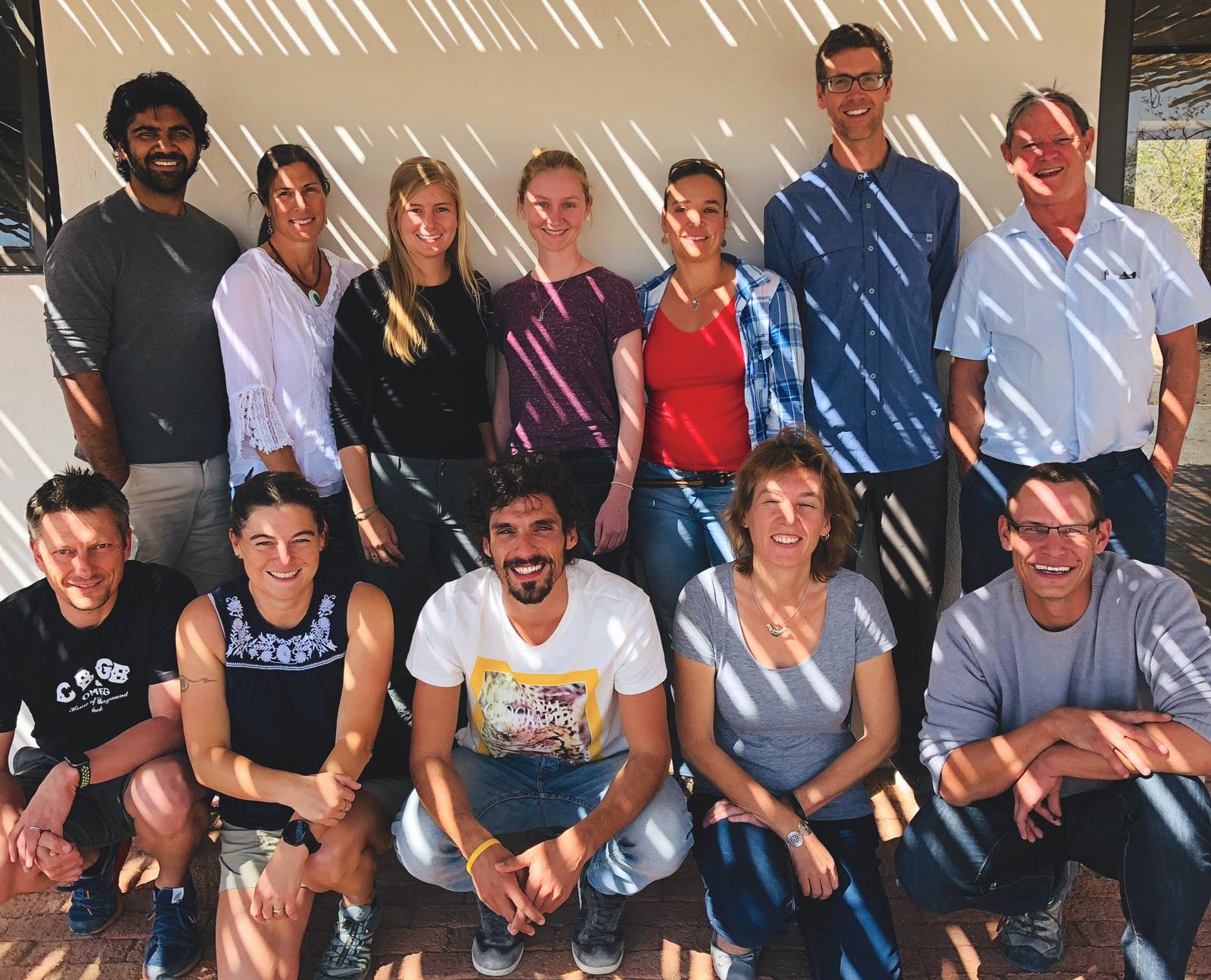
Researchers at ORC have studied hyaena ecology extensively in the past and as part of our on-going studies. The centre strongly supports the range mapping efforts using our own data and by networking with researchers internationally. We were therefore especially excited to host this event and thus further support hyaena conservation. The workshop brought together hyaena researchers from all over Africa and the Middle East who outlined priorities and responsibilities for finalising the new range maps, something that is easier said than done. Obtaining and consolidating various types of information is a monumental task because the four hyaena species roam across over 70 countries in three continents. Collating data must therefore overcome multiple language barriers and take into account the highly variable levels of environmental monitoring undertaken in each of the target countries.
The workshop started by establishing what we already know by plotting and reviewing over 100,000 observations that had already been received from hundreds of international contributors and reliable crowd sources (see draft maps). We then focussed on coordinating mapping efforts for those areas with little or no information to fill the gaps in our current knowledge about where hyaenas occur. Under the guidance of Dr Stephanie Dloniak, the Hyaena Specialist Group’s chairperson, the workshop team discussed important future research projects and the need for a new Threats Working Group to focus on identifying the threats each hyaena species faces throughout their range.
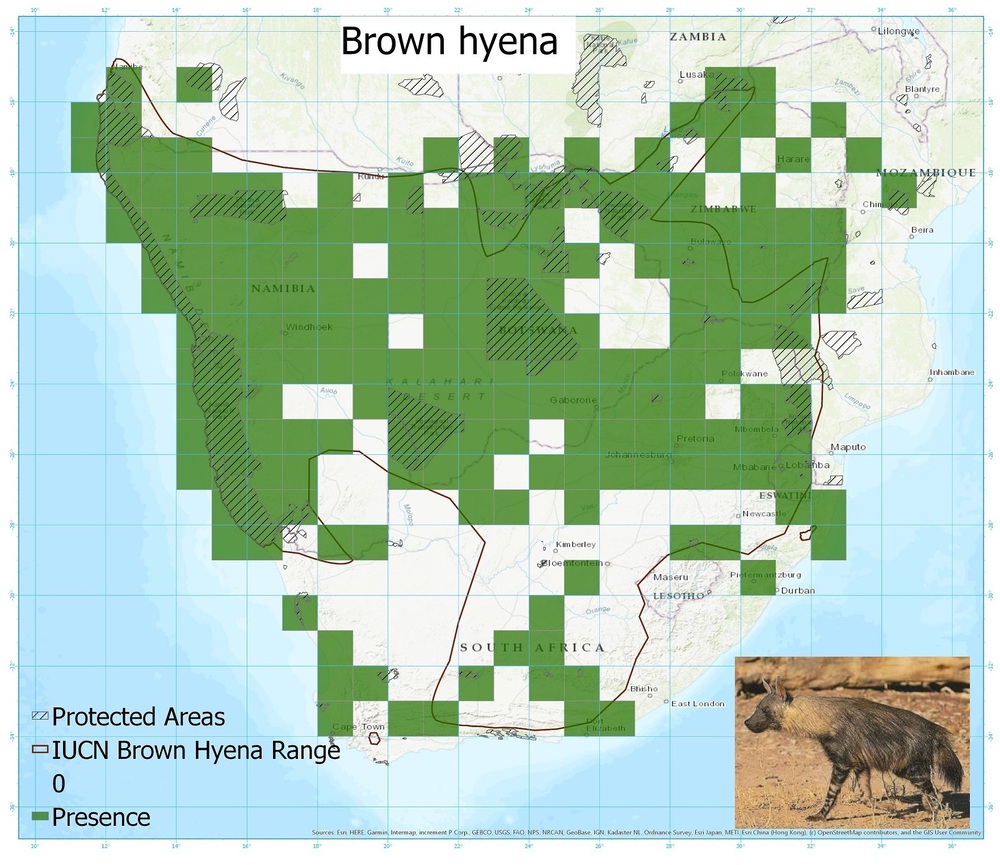
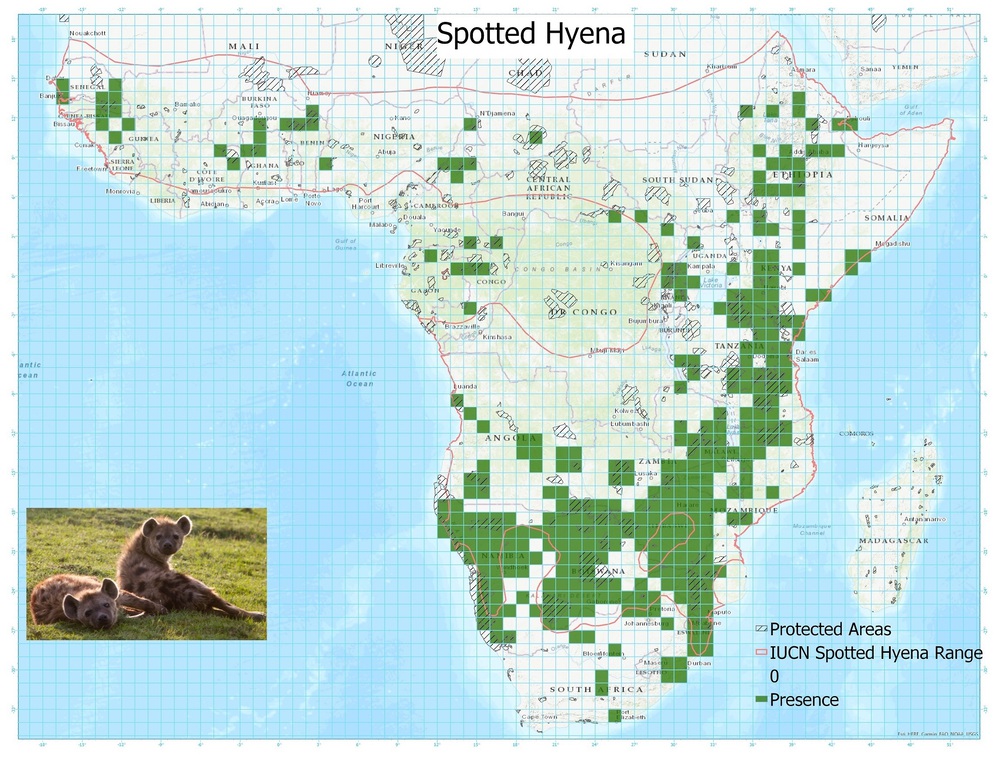
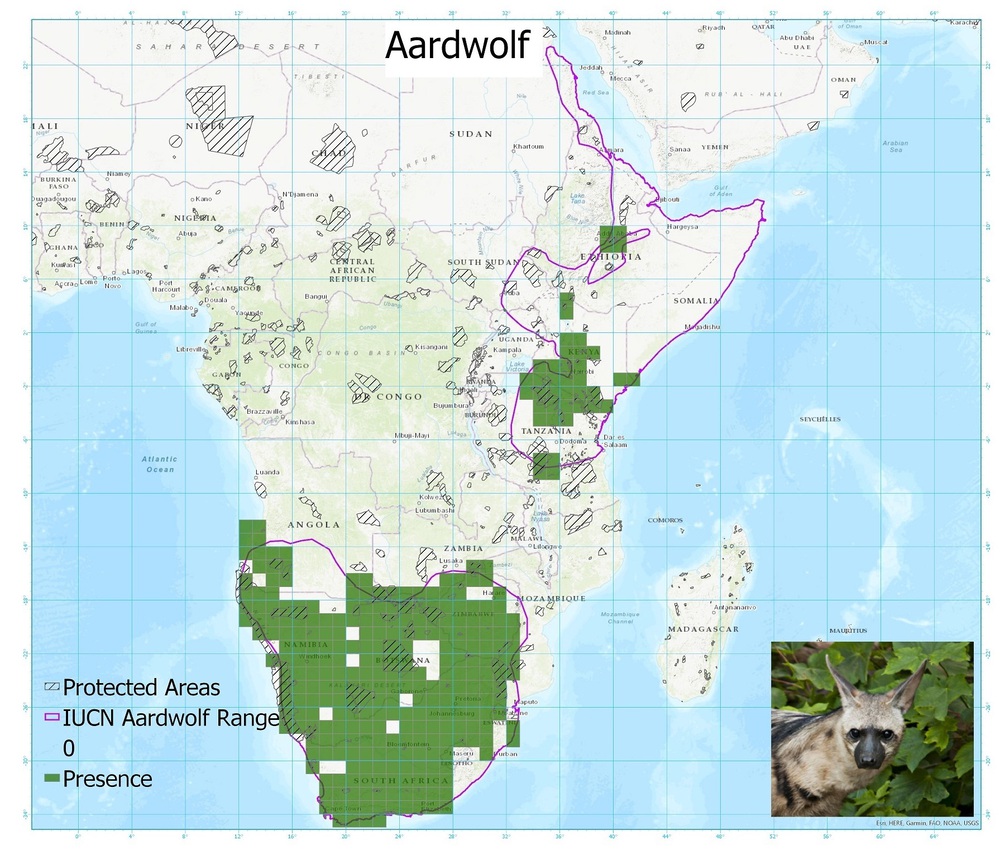
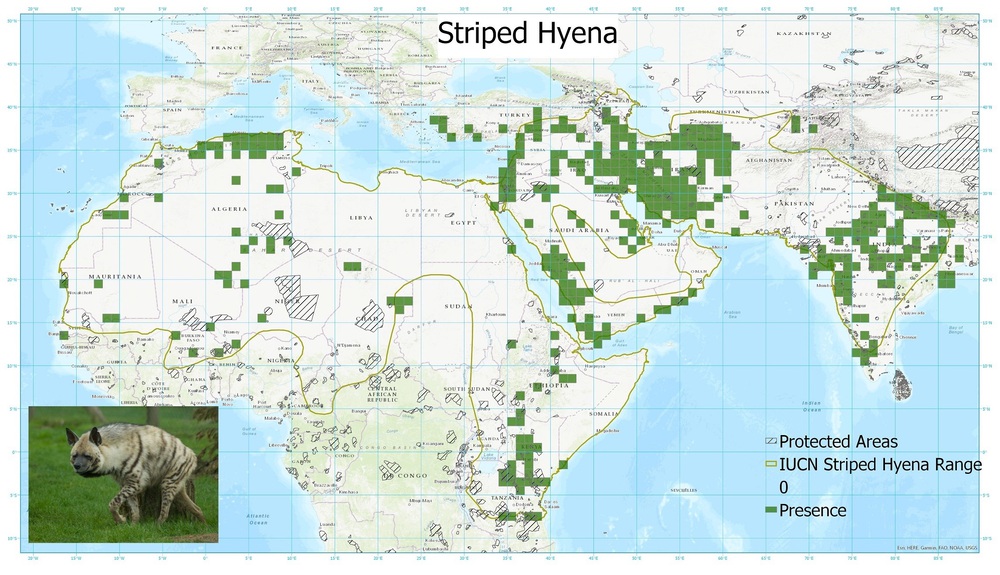
While there is still much to learn about hyaenas at the individual and clan level, we cannot lose sight of the bigger picture of their global conservation needs. At ORC, we want to advance our scientific understanding of hyaenas and other wildlife, while contributing substantially to global conservation efforts. We therefore hope that the new ORC research campus will host and facilitate many more collaborative projects such as this.
Further reading: Stratford, K., Stratford, S., & Périquet, S., 2019. Dyadic associations reveal clan size and social network structure in the fission–fusion society of spotted hyaenas. African Journal of Ecology, 8(7), 109. doi.org/10.1111/aje.12641.

For more information about the
Ongava Research Centre
visit:
www.orc.eco
For more information about the
Ongava Research Centre
visit:
www.orc.eco
For articles on similar topics, please click one of the following options:



